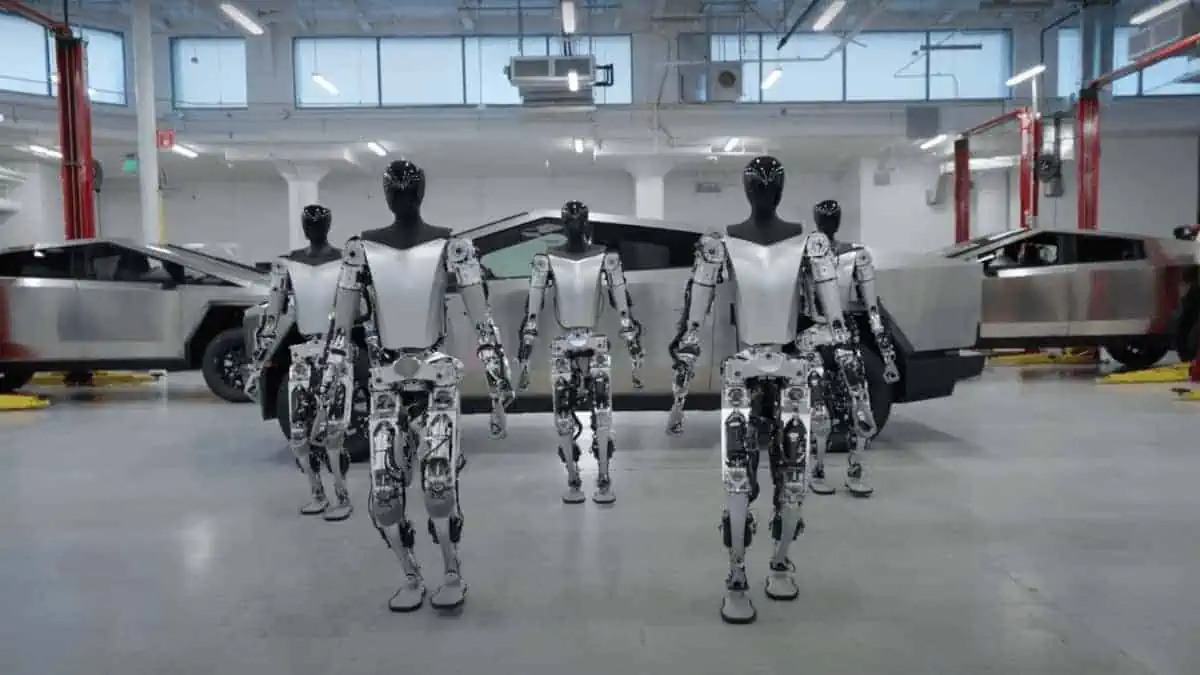Electric vehicle giant Tesla proudly unveiled the new Gen 2 Optimus prototype in a short video it released on social media platform X.
It is indeed a notable progress in Tesla’s Optimus project, which will supposedly assist the company’s operations across its global facilities.
The Optimus Gen 2
As you can see in the video demonstration attached to Tesla Optimus’ X post below, the humanoid robot now has an updated design with a 10-kilogram weight reduction from the prior prototypes.
You can also see the Gen 2 Optimus robot moving its neck and arms like a human does. Tesla said that it equipped the new-gen model with customized actuators and sensors and a 2-DoF actuated neck.
In addition, the Gen 2 Optimus’ walking speed improved by 30% compared to the prior version.
One of the most notable improvements in the Gen 2 Optimus is its balance and control capability. It also now features faster 11-DoF hands with its fingers having tactile sensing technology. It even demonstrated handling delicate objects like an egg.
Tesla concluded the video with two Gen 2 Optimus robots while dancing, showcasing its overall improvements and new capabilities.
Project background
In hindsight, many people initially doubted Tesla’s ability to develop a humanoid robot to assist its production operations.
According to Electrek, Optimus Bot seemed to be CEO Elon Musk’s “half-baked idea.” Tesla demonstrated the idea with a dancer disguised as a robot. Its 2022 AI Day also presented no significant progress in the development.
At that time, Tesla presented a prototype that could barely walk around and wave its hand. Despite the criticism, Tesla continued to tap into its AI technology and battery and electric motors expertise to keep on refining the Optimus Bot.
In September, Tesla released an update about the progress of development. It disclosed that the company started to train Optimus with neural nets end-to-end. It also learned new tasks, such as autonomous object sorting.
Now, the Optimus learned some dancing moves along with other improvements.
Purpose
Tesla expects its Optimus robots to take over repetitive tasks that humans may find tedious.
Tesla envisions Optimus to be versatile enough to cut labor costs. As soon as Tesla proves Optimus’ effectiveness in manufacturing operations, it can potentially become available to other customers.
The Tesla CEO even stated before that the demand for the Optimus Bot can reach 10 to 20 billion units, potentially accounting for “a majority of Tesla’s long-term value.”
Tesla’s advancement in robotics is indeed remarkable, considering the complexity of building a humanoid robot. However, it must first solve the FSD Beta to make Optimus work, as the latter will base its AI on the said program.






